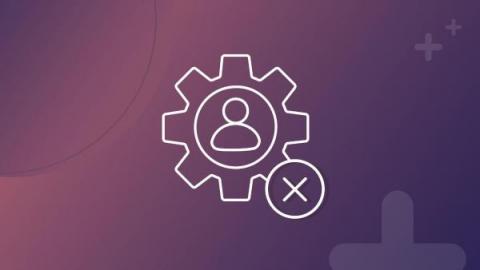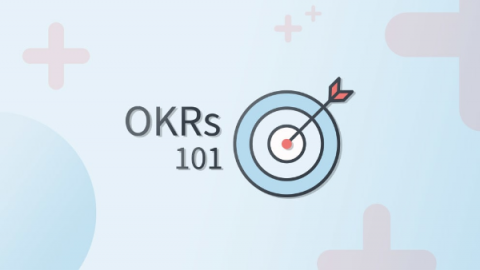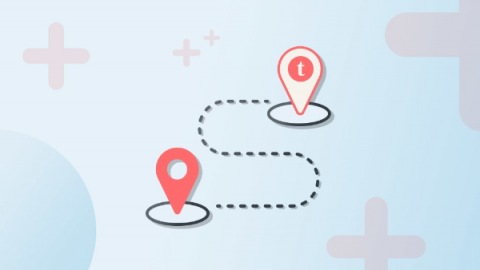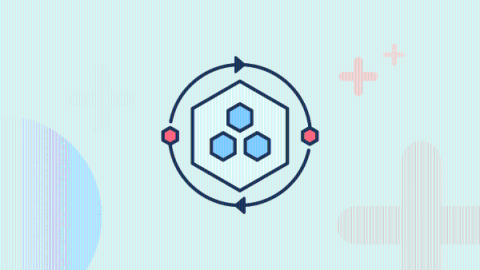What went wrong with customer 360
Three decades into the data revolution, my fellow technologists and I find ourselves asking an existential — and rather distressing — question: What happened to the promise of customer 360? The ability to get more customer data was supposed to fundamentally change the relationship between customers and brands. Companies were going to be able to offer targeted, meaningful engagements that would multiply average deal size and slash time to close.











